Managing for Stakeholders: One Professor’s Primer

What an exciting time to be a CEO! On top of all the ordinary challenges associated with leading an organization, last August the Business Roundtable made a public announcement that kicked off a groundswell of debate about the purpose of a firm. The Business Roundtable membership is a bit like VACEOs, but with larger organizations. Its announcement broadened the Roundtable’s stated purpose of a firm from maximizing shareholder value to creating value for all stakeholders. This was news because for more than 20 years the Roundtable had explicitly embraced the idea that “corporations exist principally to serve shareholders.”
STAKEHOLDERS: DEFINITION AND THEORY
The term ‘stakeholders’ refers to actors who affect or are affected by the firm, including employees, customers, suppliers, communities, and shareholders. While the popular business press has dedicated gallons of ink to this debate in the last few months, the arguments for prioritizing stakeholders (not just shareholders) are already well established. Some of the foundational research in this area originated at UVA’s Darden School, and some of the more recent developments are coming out of University of Richmond’s Robins School.
Because academic writing can often be boring and overly technical for casual reading, this article translates a very brief sampling of recent stakeholder-related research topics and findings from the strategic management journals.
Stakeholder theory is broadly focused on understanding and explaining how organizations form and nurture relationships with a collection of stakeholders. This perspective is unique among strategy theories in that it explicitly acknowledges businesspeople do not and cannot make decisions independent of moral norms and values.
Said another way, business is not a distinct and separable domain from ethics. Every organization has behavioral norms that emerge and evolve in its relationships with stakeholders. This makes stakeholder theory more appropriate for focusing on relationships as the unit of analysis, whereas the dominant economic approaches to strategy research are primarily focused on transactions as the unit of analysis. This distinction adds realism to explanations of strategy in practice because the vast majority of businesspeople describe their most important interactions in the context of relationships rather than transactions.
“DIFFERENT STAKEHOLDERS EXPECT DIFFERENT THINGS”
Why do you think employees choose your firm over others? Why do customers? What do you provide your stakeholders that they cannot get from other firms? All stakeholders have alternatives to participating in your organization, and when they do pick yours, they expect to benefit more in this association than with their next best alternative.
In a free society with open competition for stakeholders of all types (e.g., customers, employees, members, suppliers, communities, etc.), there are no fixed rules that always work for attracting, enrolling, and retaining the stakeholders your organization needs to execute its plan. Instead, the best course of action in practical situations is always conditional. My own research seeks to specify those conditions in a variety of situations.
The first thing to acknowledge is that different stakeholders expect different things. In the marketing domain, we recognize this in the concept of customer segments. Customer segments are subgroups of customers that share some common expectations. Your other stakeholder groups can be segmented this way, too.
It is common to think stakeholders primarily value financial metrics such as prices, wages, discounts, premiums, taxes, and dividends. But in many contexts, research shows stakeholders enter and leave relationships with firms based on other considerations.
POWERFUL EXPECTATIONS
One of the most powerful considerations, for example, is the extent to which they are included in the process of making decisions that affect them. They want you to ask for their opinions and to seriously consider their opinions. They want decision-making processes at your firm to be based on accurate information, to be consistent, and to be revised if they are later found to need correcting. The expectations about your decision-making processes are so critical they are referred to collectively in the research as expectations of procedural justice.
Another set of powerful expectations, collectively called interactional justice, are all about the manner in which your firm treats the stakeholder. Specifically, most people place a high value on being treated with courtesy, dignity, and respect. Stakeholders who do not believe they are getting enough of these things (enough ‘interactional justice’) from you may sever the relationship even if the material financial benefits of working with you are strictly better than their next best alternative.
THE SIMPLE TRUTH: THE GOLDEN RULE APPLIES
These expectations for different forms of value (material, procedural, and interactional justice) play a big role in the stakeholder behaviors that create or(?) destroy value at your firm. Not only does a stakeholder decide to enter, remain, or sever her relationship with your firm based on the comparative amounts of value she gets from you, but if she remains in the relationship, these things also affect how the stakeholder behaves towards your firm. These behaviors can be more beneficial – or more costly – than many executives realize.
The simple truth here is a bit like the ‘golden rule’: when stakeholders believe they are getting more of these forms of value from your firm than they expect in this type of relationship, they are very likely to reciprocate in positive ways back towards your firm. That is, you did something extra-nice for them so they feel compelled to do something extra-nice for you. Positive reciprocity from employees, for example, can show up in doing more or better quality work than you expected. Positive reciprocity from customers might show up as recommending your firm to more prospective buyers.
On the other hand, negative reciprocity from your stakeholders who think you have delivered noticeably less value than they expected can be costly. Employees, for example, might steal from you and believe their behavior is justified if you are treating them poorly. This behavioral perspective on stakeholder relationships integrates philosophy and ethics into economic reasoning to show that when leaders in many settings allocate more benefits to their stakeholders, they initiate cycles of positive reciprocity that benefit the collective network of stakeholders, including the firm itself.
SIX ADDITIONAL INSIGHTS TO CONSIDER
If this work piques your interest, consider these other insights from our research along similar lines:
- Because stakeholders reciprocate positively and negatively towards the firm, firms can (paradoxically) increase their overall financial performance by distributing more value to stakeholders. In this sense, value distribution occurs, in part, before value creation occurs.
- When firms generously allocate value to stakeholders, the stakeholders may reveal more nuanced, detailed information about their private interests and capabilities. This, in turn, enhances the firm’s ability to coordinate value-creating activities among many stakeholders because it can form clusters of complementary value propositions for them.
- Firms that allocate more to stakeholders than the amount (just noticeable) required to stimulate positive reciprocity can experience lower overall firm performance. That is, there are practical economic limits to generous treatment of stakeholders.
- Whereas managers are taught to protect the firm from devious stakeholders by writing careful contracts to govern their interactions, this advice can become a self-fulfilling prophesy. The more you strive to protect yourself, the more protection you will need. An alternative lesson that is associated with better value creation overall is to invest time and energy in learning what each stakeholder expects in the focal context and provide material, procedural, and interactional value to stimulate a cycle of positive reciprocity.
- Business relationships are more than just a series of transactions. Stakeholders perceive varying types of psychological bonds with organizations and subsequently decide the level of effort they will provide to help those organizations reach their goals.
- Firms create or destroy incremental value in mergers and acquisitions based on how they treat the stakeholders of both the acquiring and acquired firms during the post-deal integration period.
This body of research helps explain what we see in the natural world: most successful firms are not exclusively focused on maximizing their quarterly shareholder performance or, alternatively, on ignoring their shareholders. Instead, we see firms serving the interests of many stakeholders.
Glance at the list of recent examples below, and prepare to share how you are serving your various stakeholders at your next CEO roundtable.
- BlackRock recently launched a $50 million Emergency Savings Initiative to help millions of low-to-moderate income people increase their financial security.
- AEP increased its budget for diverse, locally based suppliers by $95 million so that 49% of its total spend is going toward local suppliers.
- Apple committed $2.5 billion to combat the affordable housing crisis in California.
- Bank of America is increasing its minimum wage to $20 per hour.
- Kimberly-Clark is collaborating with diaper bank networks to ensure families in need have access to diapers and wipes.
- UPS will buy more than 6,000 natural gas-powered trucks in order to reduce fleet pollution.
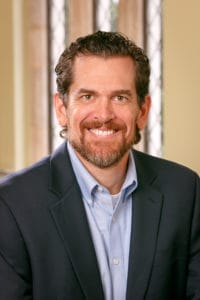
Doug Bosse is The David Meade White Jr. Professor of Business and Chair of the Management Department in the Robins School of Business at University of Richmond. In addition to teaching undergraduate and graduate classes, Doug often facilitates strategic planning and leadership alignment activities for executive teams and boards, and he teaches the Strategic Planning session in the CEO Essentials program, the partnership program of VACEOs and the Robins School of Business Executive Education. He can be reached at dbosse@richmond.edu.
Editors note: Content provided by the Robins School of Business at University of Richmond, a Sponsor of Virginia Council of CEOs.
BREAKING NEWS: VACEOs Executive Director Receives CEO Award of Excellence Honor
Pictured: Scot McRoberts, Executive Director, VA Council of CEOs with James (JJ) White, Franchise Owner at Dale Carnegie Training and current VACEOs Chair, at VSAE Excellence Awards event.
FOR IMMEDIATE RELEASE
December 6, 2019
VA Council of CEOs Executive Director, Scot McRoberts, Receives CEO Award of Excellence Honor from VA Society of Association Executives
McRoberts honored for his leadership advocacy efforts.
Richmond, Virginia: The Virginia Council of CEOs (VACEOs), a nonprofit association serving more than 200 small and mid-sized business owners, announced today that its executive director, Scot McRoberts, has been awarded the 2019 CEO Award of Excellence Award as presented by the Virginia Society of Association Executives (VSAE).
McRoberts was honored on Friday, December 6, 2019, for his leadership and dedication to VSAE at the organization’s annual awards and silent auction event held at the Hilton Richmond Hotel & Spa in Short Pump, Virginia.
The CEO Award of Excellence is the highest award VSAE bestows upon one of its executive members. This award is given to an outstanding chief staff executive who has been nominated by peers in recognition of his or her leadership and achievement.
“So much of what VSAE is today is because of Scot and his leadership during his tenure on the board,” wrote one VSAE member. Others stating: “He was instrumental in launching VSAE’s CEO & Senior Staff Retreat and continued to provide leadership each year on format and content for the event. Scot also led the task force charged with overseeing VSAE’s rebranding in 2015, and has been one of the key drivers of VSAE’s popular Shared Interest Group (SIG) program. He is always willing to volunteer, and continually provides counsel and makes connections for other members.”
It was the peer experience McRoberts received during those formative years at VSAE that helped him to build his own organization, the VA Council of CEOs. Next year the Council will celebrate its 20th anniversary.
“Almost twenty years ago I left a good job and 401K to work – alone – in my home office – for very little money, ” said McRoberts during his acceptance speech. “One of the first things I did was join VSAE. I knew that I needed to surround myself with other association professionals and continually learn our craft. Well, I have had some success at creating a new association that makes a difference in peoples’ lives, and along the way created a few more jobs for other association pros who are with me today. I simply couldn’t have done it without VSAE. I am truly honored to receive this award.”
Joining McRoberts at the event were his wife, Teresa; current VA Council of CEO Board Members James (JJ) White, Franchise Owner at Dale Carnegie Training; Sam Stone, President, Stone Office Equipment; Connie Hom, President, Buckingham Greenery; and Todd Mawyer, CEO, TK Promotions, Inc. Also in attendance, VA Council of CEOs staff members Connie Bruce, Meredith Campbell, and Kathryn Hurst.
About the Virginia Society of Association Executives
Formed in 1949, VSAE is a 400-plus member association consisting of association executives, association management companies, and others who serve the association industry with products or services. VSAE’s vision is to be the best at making associations the best by providing opportunities for association professionals to connect, learn, and lead.Learn more at https://www.vsae.org/.
About the Virginia Council of CEOs
The Virginia Council of CEOs is a nonprofit association that serves the CEOs of small and mid-sized businesses in Virginia. The Council was founded in 2000 to connect CEOs so that they can learn and grow together. Made up of more than 200 members from the Richmond and Charlottesville regions, the Council is poised for continued growth. Learn more at https://www.vaceos.org/.
###
(Video) Meet Ron Carey, CEO of Tilt Creative + Production

[Listen in as Ron Carey of Tilt C+P explains his business and the challenges he is currently facing.]
We meet Ron Carey in a warehouse building tucked just off of Arthur Ashe Boulevard near Bow Tie Cinemas in Richmond, Virginia. Once we’re inside, it becomes apparent that this space is enormous. In fact, it’s a 16,000-square-foot-studio and production facility, filled with costumes, sets, lights, furniture, a funky kitchen, and a few creative spaces to sit and relax.
“We do all types of work here,” says Carey, founder and CEO of Tilt Creative + Production (TiltC+P). “We build sets here. We’ve got camera equipment here. We’ve got multiple stages. And so, it’s just a fantastic facility for our business partners to come in and make great content.”
Ron, a closet introvert (and former UVA defensive lineman), prefers to lift others up to the light, using his business as his platform to make a difference. “The business, as well as my personal platform, is about making a difference,” he explains. “How do we make a positive impact in the lives of those we touch individually, as well as the business and nonprofit partners we come in contact with?”
At just two years old, his company might be the youngest 30-year-old business around. Read on as we explain.
CREATIVE + PRODUCTION: THE STORY OF TILTC+P
Tilt Creative + Production is a full-service advertising agency and video production company all in one, operating out of two locations in Richmond. TiltC+P’s fully equipped video and production studio is located near Scott’s Addition. Its downtown space is where TiltC+P’s creative team cranks out copy, artwork and post-production work for clients like Walmart, Audi, and Capital One to name a few. TiltC+P currently employs approximately 40 people.
“We started with the belief that there was a better way to offer content development for brands,” says Carey. “But we really believe that because we’ve combined creative services – so that’s writing and art direction, with production and post production – that having all of that in house and having our own studio is something that’s really beneficial for the client. And so that’s the reason we put together Tilt Creative + Production.”
Carey had a clear vision of what his business would be from the get-go – what it would look like and how it would feel. “It should have a strong culture about doing the right thing,” he says. “And so the ability to kind of see all of that come to fruition was what led me to be an entrepreneur.”
Carey says he gives his employees the freedom to make a lot of decisions and operate with quite a bit of autonomy. Everyone brings something of value to the table, regardless of their role. Witnessing company-wide collaboration at work is what excites him most.
“I get excited just thinking about it – which is the notion of having everyone gather around an idea. It can be a creative idea. It can be the idea of what our company could be. It could be ‘What does our website need to look like?’” But gathering around an idea and having 40 [people] move in the same direction to accomplish that. And I love that I get to do it with people I like. To me, that’s really important.”
HR EXEC TURNS ENTREPRENEUR
Carey’s career path to entrepreneurship included stints with iconic and locally well-known brands, including Mars, Inc.; Wyeth; the Richmond Times-Dispatch; and The Martin Agency. His background is varied, but it’s impossible not to recognize his extensive Human Resources background.
“For me today, human resources has probably been one of the best jobs that one could ever have in terms of preparing you for being an entrepreneur. It got me in touch with what’s important to people, how to think about business processes, and how to make sure people have what they need so that they can go forward and be successful and do what the business needs for them to do,” says Carey.
Carey officially shifted away from HR when he became president of Studio Squared – at the time, a new digital content division of The Martin Agency. “Which ultimately led me into purchasing that company, which is now Tilt Creative + Production,” he explains.

THE CHALLENGES OF A YOUNG 30-YEAR-OLD BUSINESS
Tilt Creative + Production is in a unique state. “The business is almost two years old, but the business was really a merger of two companies,” Carey explains. “One was 10 years old, and the other was 30 years old. So although we’re two years old, we still have some of the challenges that a 30-year-old business might face.”
He continues, “The biggest challenge I’m probably thinking about right now is just scale. We’re adding additional clients. We’re adding new people and resources. We’ve brought two companies together. What do those processes look like? Each week, each month, if you’ve been successful, you’ve added new revenue. And all of a sudden, that brings some complexity. So how do you pause to change your processes? What talent with new skills do you need in the business? So that’s probably the biggest challenge, is making sure we focus on how we continue to reinvent processes or what things we should stop doing. What things do we need to start to continue to be successful?”
For now, Carey is relying on his football experience at UVA to help him keep his eye on the ball: his core mission.
“I think when I look at the business, I really think about growth,” he adds. “And the core mission of the business for me is about fulfilling the needs of our clients. And I think if we fulfill the needs of our clients and then separately provide our employees opportunities to grow and make a difference, I feel like we’ll be able to continue to grow and expand across North America. I’m really excited about the future.”
Thanks for sharing your story with us, Ron!
RON CAREY OPENS UP ABOUT HIS VA COUNCIL OF CEOs FORUM (VIDEO)

“Outside of the formal group, I feel like I can pick up the phone and call any of my group members and bounce an idea off of them, and also their expertise back. And so for that, it’s just been invaluable.” – Ron Carey, on his VACEOs forum. WATCH VIDEO.
Top 7 Posts of 2019
Each month we work hard to bring you content of interest to you and news you can use. From tactical takeaways to strategic planning to CEO profiles that intrigue, here are the most-read stories of the year.
What kind of content would you like to see posted to vaceos.org? More CEOs profiles? More business tips? Is there a specific topic you would like covered? Please, let us know!
MOST-READ STORY OF 2019:
COLAB President Steps Away and Into Innovation (Video+)(#1)
For Eddie O’Leary, president of COLAB, one of the best business decisions he’s ever made was to step away from it.
Here’s how the other most-viewed posts faired.
TOP 7 COUNTDOWN: 2019 VACEOs.ORG STORIES OF THE YEAR

(Video+)(#7)
JJ White opens up from his podcast studio about his business and his plans to shape the Council during his tenure as Chair.

by Warren Whitney (VACEOs Sponsor)(#6)
Here are the 6 key questions to ask when assessing your MSP relationships or when evaluating a new one.

by Partner MD (VACEOs Sponsor)(#5)
Running a business can be extremely stressful. Here are 3 steps to help you manage the unique stressors you face.

of Charles E. McCabe Leadership Award (#4)
We are pleased to announce that Arlene Lee, President of R.E. Lee Companies (Charlottesville) has been awarded the Charles E. McCabe Leadership Award.
How to Calculate the Value of Your Business
by Transact Capital (VACEOs Sponsor)(#3)
A company’s worth is impacted by any decisions that boost its EBITDA or reduces perceived risk to the buyer. Here’s how to calculate your earnings.
Fueled for Success: Q&A with Tiger Fuel President Gordon Sutton
(Video+)(#2)
With an employee count topping 270, Tiger Fuel is a successful, large-scale operation. What fuels this company’s success? President Gordon Sutton shares all.

For Eddie O’Leary, president of COLAB, one of the best business decisions he’s ever made was to step away from it.
VACEOs Members Land on 2019 Fastest-Growing Businesses Lists
This year, 45 Richmond and Charlottesville-area firms made the 2019 Inc. 5000 Most Successful Companies in America list. Of those, 12 (26% of the 45) are businesses led by Virginia Council of CEOs Members. Three VACEOs Members also made this year’s BizSense RVA 25 list.
Of note:
- Mark Morton (of Morton) is a five-time honoree;
- Donny Wyatt, who leads Charlottesville-based CoConstruct, is a six-time honoree;
- Lee Hatcher of Mosquito Squad is a nine-time honoree; and
- David Fratkin of Dominion Payroll is a 10-time honoree.
Congratulations to all of our members. Well done!
If you run a small to mid-sized business and wish you had a trusted tribe to help you navigate some of your toughest business challenges, consider joining the Virginia Council of CEOs! Our Members have “been there and done that.” Visit VACEOs membership to learn more.
VACEOs MEMBERS – 2019 INC. 5000*
- Brian Bortell / Timmons Group
- Bob Clark / Baskervill
- David Fratkin / Dominion Payroll
- Neil Gilliss / Canal Capital Management
- Lee Hatcher / Mosquito Squad
- Edwin Huertas / shockoe.com
- Todd Mawyer / TK Promotions
- Mark Morton / Morton
- Greg Samuels / Solvaria
- Jock Wheeler / Old Dominion Mechanical
- Jason Williams / Triumph Services
- Donny Wyatt / CoConstruct
VACEOs MEMBERS – RVA 25*
- Sherman Adkins / RCG Behavioral Health Network
- Tracee Mathes / Swig
- Jock Wheeler / Old Dominion Mechanical
INC 5000 AND RVA MEMBER BUSINESS RANKINGS
| Name | Accolade | Rank | Growth* | Industry |
|---|---|---|---|---|
| Baskervill | Inc 5000 | 4486 | 66% | Engineering |
| Canal Capital Management | Inc 5000 | 3877 | 86% | Financial Services |
| CoConstruct | Inc 5000 | 2199 | 183% | Software |
| Dominion Payroll | Inc 5000 | 3279 | 110% | Human Resources |
| Morton | Inc 5000 | 4575 | 64% | IT Management |
| Mosquito Squad | Inc 5000 | 3436 | 103% | Consumer Products & Services |
| Old Dominion Mechanical | RVA 25 | 17 | 112% | Commercial Mechanical Contractor |
| Old Dominion Mechanical | Inc 5000 | 1349 | 306% | Commercial Mechanical Contractor |
| RCG Behavioral Health Network | RVA 25 | 20 | 100% | Health Services |
| Shockoe.com | Inc 5000 | 1051 | 399% | Software |
| Solvaria | Inc 5000 | 4305 | 71% | IT Management |
| Swig | RVA 25 | 11 | 127% | Consumer Products |
| Timmons Group | Inc 5000 | 4889 | 56% | Engineering |
| TK Promotions | Inc 5000 | 4206 | 74% | Advertising & Marketing |
| Triumph Services | Inc 5000 | 2882 | 130% | Human Resources |
*SOURCES:
- Richmond BizSense.com, The RVA 25, published October 2019
- Inc.com, “The Most Successful Companies in America,”(Richmond / Charlottesville), published August 2019

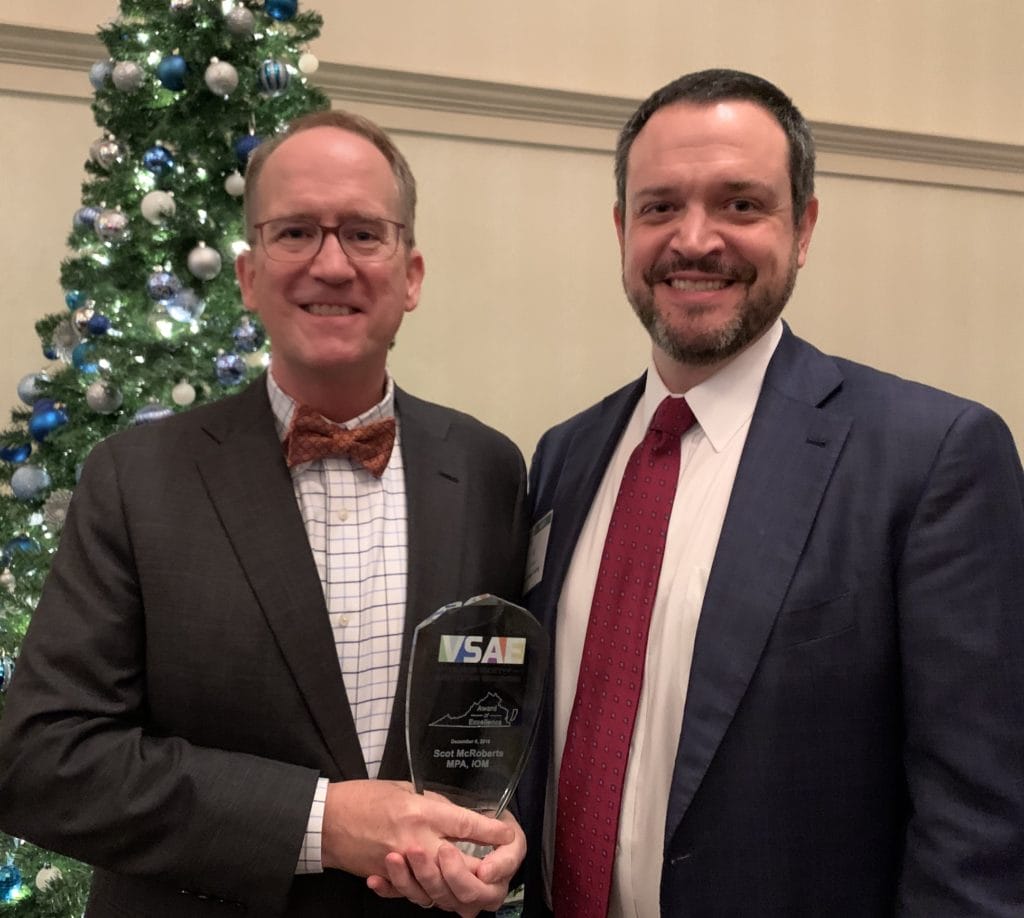

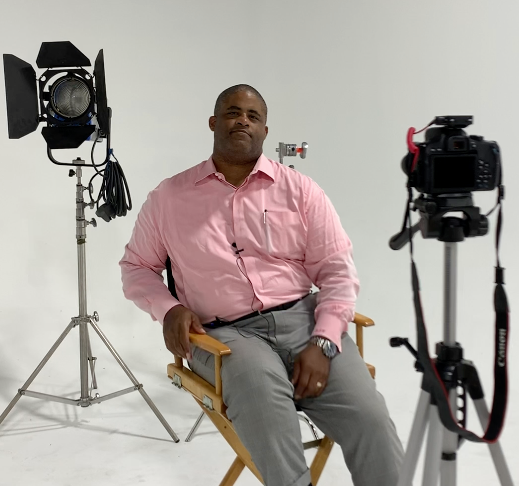
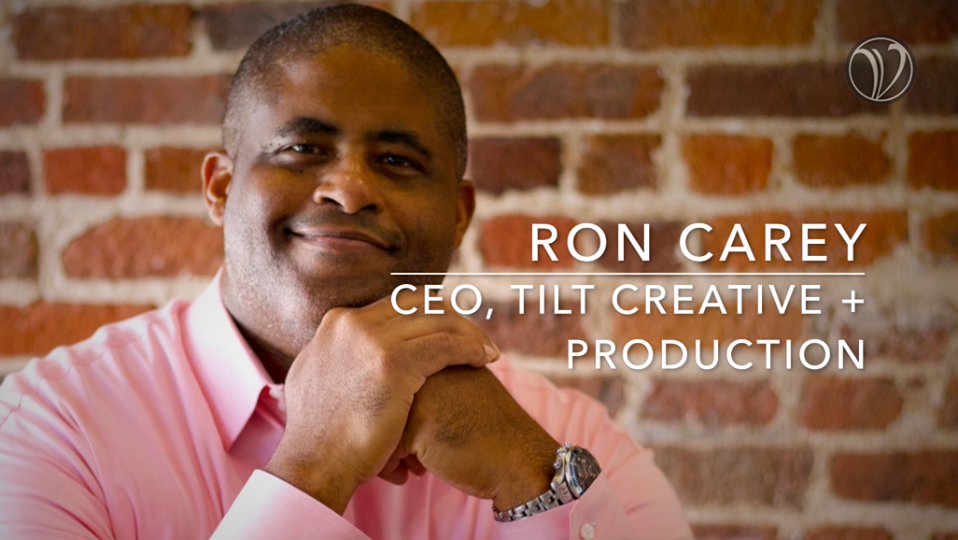

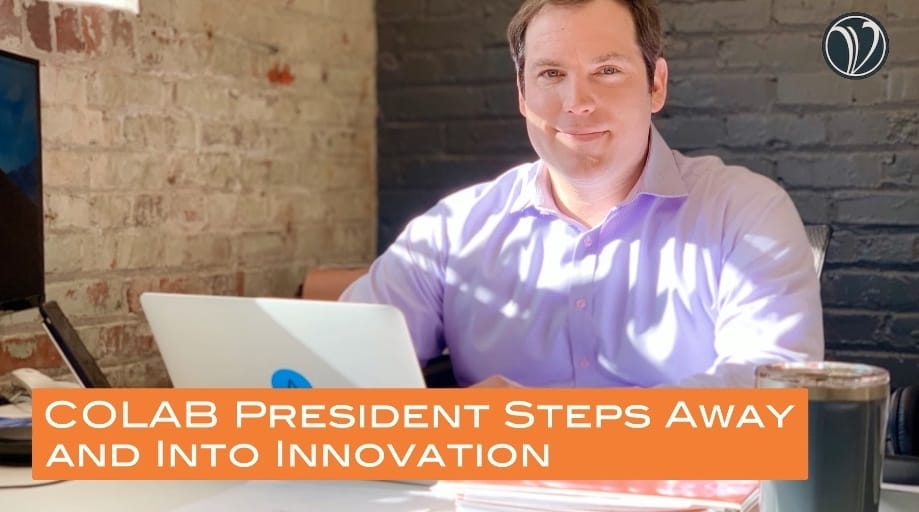



Recent Comments